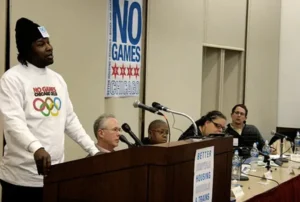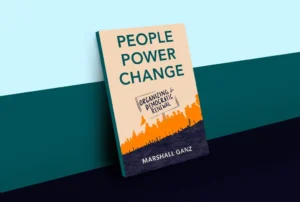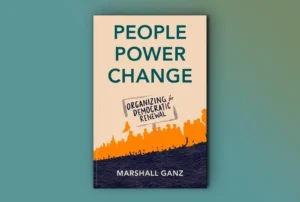April 18, 2012; Source: Columbus Dispatch
A new partnership between the Northland Alliance—a group of 25 Ohio civic organizations including the YMCA, the Columbus Metropolitan Library, the North Side Health Advisory Committee and the Helping Hands Free Clinic—and Ohio State University (OSU) focuses on learning about Beaumont, a small, diverse community situated east of Columbus, Ohio.
Funded by a $5,000 grant from the local United Way, leaders will go door to door, asking residents about community needs. Topics will include health care, jobs, education, and transportation. This survey follows the success of a similar project in another Columbus neighborhood, Weinland Park, where results helped guide community services offered.
Sign up for our free newsletters
Subscribe to NPQ's newsletters to have our top stories delivered directly to your inbox.
By signing up, you agree to our privacy policy and terms of use, and to receive messages from NPQ and our partners.
Results from the research will be utilized by the different groups to achieve their own goals. Nonprofit groups are particularly keen to understand the needs of the area in order to offer the most relevant services.
Tamar Motts Forest, the associate director of the Institute for Poverty Solutions at OSU, describes the center’s goals for the Beaumont project as three-fold: “Developing a model for participatory research in urban communities that includes residents in the process as key stakeholders,” “developing a holistic model for community revitalization that includes interacting, multiple facets—e.g., education, health, economic development, and family/child well-being,” and “developing a model for university-community partnerships.”
This project showcases the emerging trend of public universities offering their research expertise to nonprofit groups and cross-sector coalitions as part of their missions. Ohio State University is a member of TRUCEN (The Research University Civic Engagement Network), which “works to advance civic engagement and engaged scholarship among research universities and to create resources and models for use across higher education.” In many ways, the Beaumont project exemplifies the types of projects suggested by TRUCEN.
We would love to hear from NPQ newswire readers located in other big university towns. Is a new chapter in university-community partnerships being written? Are universities reaching out to partner with nonprofits more or less than before? Are the types of activities being done with universities different in other qualitative ways? –Michelle Shumate












